According to the Ministry of Construction, in recent years, cement production has declined due to the impact of many unfavorable factors along with the fact that the real estate market has not yet recovered.
 |
| According to manufacturers, both domestic and export cement markets are facing many difficulties. |
Further stating, Associate Professor, Dr. Luong Duc Long - General Secretary of the Vietnam Cement Association expressed: The force majeure factor related to the price of raw materials, fuel, and input materials for cement production, although it has decreased, is still at a high level.
“ Over the past two years, domestic cement consumption has seen negative growth. Since last year, the Vietnam Cement Association and the Ministry of Construction have repeatedly proposed to the Government solutions to remove difficulties for the construction materials industry, including cement, with the aim of increasing consumption, ” said the Vietnam Cement Association.
Specifically, the total cement and clinker production output for the whole year of 2023 will only reach 92.9 million tons, the average operating line of the whole industry will only reach 75% of the total design capacity. The total consumption output in 2023 will reach 87.8 million tons, equal to 88% compared to 2022.
Meanwhile, the industry's current capacity is too large, exceeding 120 million tons/year, and is in an unprecedented difficult situation, when supply is large while domestic and export demand are both shrinking. Domestic cement consumption in 2023 is at an unprecedented low, reaching less than 60 million tons, and the export channel has also decreased to around 30 million tons.
Total investment in Vietnam's cement industry is estimated to have reached VND500,000 billion (equivalent to USD20 billion), with a total capacity of 122 million tons/year, but it is possible to exceed this number thanks to increasing the proportion of additives.
The Ministry of Construction pointed out that the pressure of excess domestic clinker production capacity is very large, over 50 million tons, while the construction speed is very slow, leading to bad debt pressure in the cement industry which is and will become a burden for the economy. Without support solutions from the State, many cement enterprises will go bankrupt.
The Ministry of Construction explained that in 2017, the Law on Planning came into effect, abolishing production plans, including cement products, so that investment in cement production projects is carried out in accordance with the provisions of the law on investment. However, in recent years, the situation of excess cement production capacity nationwide has increased, leading to difficulty in controlling the supply and demand of cement for domestic consumption and export.
Therefore, the Ministry of Construction recommends that the Prime Minister assign the Ministry of Construction to study and propose re-establishing the Cement Sector Planning to supplement the revised Law on Planning in the coming time.
Previously, at the online conference on removing difficulties, promoting production and consumption of cement, steel and construction materials held last week, Prime Minister Pham Minh Chinh requested ministries, branches, localities, enterprises and associations to review mechanisms and policies on cement industry development; enhance the capacity to forecast domestic and foreign factors to have proactive and timely response plans to support cement and steel businesses, stabilize production and expand the market.
The Prime Minister directed to increase the use of cement soil reinforcement technology in road construction to improve the quality and lifespan of roads, while using domestic cement sources; increase the use of cement concrete roads for the construction of rural and mountainous roads and roads in areas with frequent flooding; reduce imports, improve product quality, reduce costs, and increase the competitiveness of domestic products.
Enterprises need to invest in using waste to replace fuel, using industrial waste to replace natural resources to reduce raw material and fuel costs in production, lower product prices; invest in cement grinding stations in areas with convenient transportation, seaports, with sources of mineral additives for cement, with sources of ash, slag, gypsum emissions, etc.
The Prime Minister assigned the Ministry of Finance and the Ministry of Natural Resources and Environment to preside over and coordinate with the Ministry of Construction to develop and promulgate specific incentive policies for cement factories and other construction material factories when using alternative fuels from waste and using alternative raw materials from industrial waste such as ash, slag, artificial gypsum, etc. in cement production; strictly regulate the responsibility of waste source owners in paying for transportation and treatment costs of waste, ash, slag, gypsum, etc. to be used as fuel and raw materials in cement production and production of other construction materials.
The Government also assigned the Ministry of Construction to study and propose re-establishing the Cement Sector Planning to supplement the Law on Planning (amended) in the coming time; study and implement trade defense and anti-dumping measures for imported ceramic tiles, sanitary porcelain and construction glass products, ensuring compliance with the free trade regulations of the World Trade Organization (WTO).
According to the Ministry of Construction, in the past 10 years, the total production capacity of key construction materials in Vietnam has grown to about 120 million tons of cement, 830 million m² of tiles, 26 million sanitary ceramic products, 330 million m² of construction glass, 20 billion fired clay bricks, and 12 billion unfired bricks (standard). The quality of Vietnamese construction materials is guaranteed to meet international standards. The technological level, production organization, business, and environment of Vietnam's construction materials industry are among the top in ASEAN countries. The total annual revenue of the construction materials, cement, and steel industry is estimated at nearly 47 billion USD (accounting for about 11% of the national GDP). However, in recent years, the construction materials industry in our country has encountered many difficulties, with both consumption and revenue decreasing, leading to stagnation in production and business activities of enterprises, job losses for many workers, and affecting the economic and social development of the country. |
Source: https://congthuong.vn/de-xuat-nghien-cuu-thiet-lap-lai-quy-hoach-xi-mang-de-bo-sung-vao-luat-quy-hoach-327673.html


![[Photo] Buddha's Birthday 2025: Honoring the message of love, wisdom, and tolerance](https://vphoto.vietnam.vn/thumb/1200x675/vietnam/resource/IMAGE/2025/5/12/8cd2a70beb264374b41fc5d36add6c3d)



![[Photo] Prime Minister Pham Minh Chinh starts construction of vital highway through Thai Binh and Nam Dinh](https://vphoto.vietnam.vn/thumb/1200x675/vietnam/resource/IMAGE/2025/5/12/52d98584ccea4c8dbf7c7f7484433af5)
![[Photo] Prime Minister Pham Minh Chinh works with the Standing Committee of Thai Binh Provincial Party Committee](https://vphoto.vietnam.vn/thumb/1200x675/vietnam/resource/IMAGE/2025/5/12/f514ab990c544e05a446f77bba59c7d1)


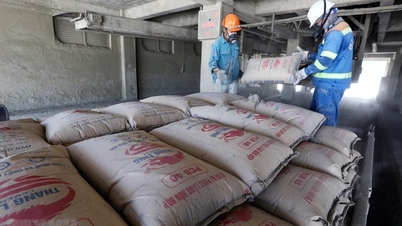







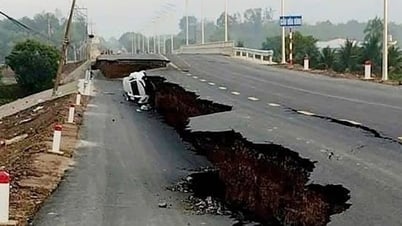

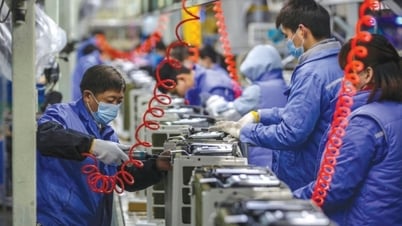


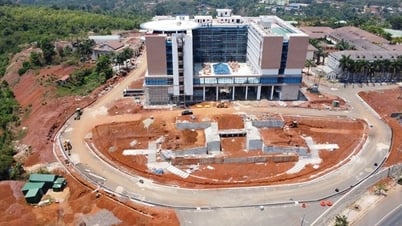

























































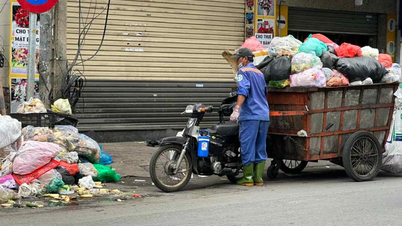







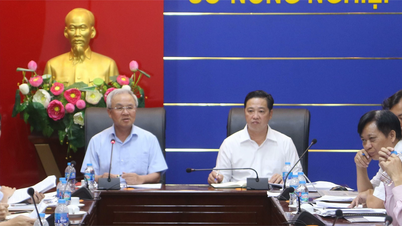











Comment (0)